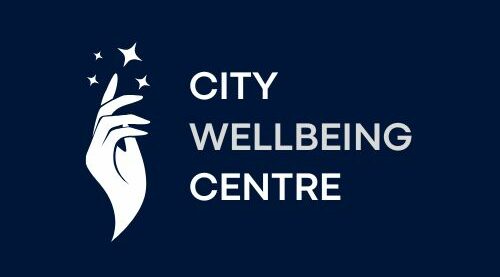In January 2025, millions of Americans are set to receive crucial financial help through the $2000 Direct Deposit Economic Relief. This relief package aims to ease the financial strain many people are experiencing due to rising costs and economic challenges. If you are eligible, this payment can help cover essential expenses like rent, groceries, utilities, and healthcare. This article will explain the eligibility requirements, payment schedule, and what actions you need to take to ensure you receive your payment.
What is the $2000 Direct Deposit Economic Relief?
The $2000 Direct Deposit Economic Relief initiative is a government effort to provide financial support to individuals and families who are facing financial difficulties. With the high cost of living and inflation, many Americans are struggling to make ends meet. This relief package provides a one-time payment of $2000 to eligible recipients, offering a much-needed financial cushion.
Payment Details
- Amount: $2,000 per eligible individual.
- Method: Direct deposit or paper check.
- Payment Distribution Date: Payments will be sent throughout January 2025.
This payment is designed to help Americans cover essential living costs like rent, groceries, healthcare, and utilities. It’s part of a broader initiative to help families and individuals who have been affected by economic disruptions.
Eligibility Criteria for the $2000 Relief Payment
To receive the $2000 economic relief, certain criteria need to be met. Here are the main eligibility requirements:
1. Income Limits
Eligibility depends on your Adjusted Gross Income (AGI), which is reported on your tax return. The following limits apply:
- Single Filers: AGI must be up to $75,000.
- Heads of Household: AGI must be up to $112,500.
- Married Couples Filing Jointly: AGI must be up to $150,000.
If you earn above these limits, your payment amount will gradually decrease. For every $1,000 above the limit, the payment is reduced.
2. Residency and Identification
You must be a U.S. resident for tax purposes and have a valid Social Security Number (SSN). If you meet these requirements, you can proceed with checking your eligibility.
3. Tax Filing Compliance
You must have filed your 2023 tax return and made sure it is accurate. The IRS will use this information to determine your eligibility. Make sure your bank account details are updated for direct deposit, as this will speed up the process.
4. Dependents
If you have qualifying dependents under the age of 18, you can receive an additional $500 for each dependent. This can significantly increase the total relief amount for families.
Payment Distribution Timeline
The IRS will send payments in stages throughout January 2025. The distribution will follow this order:
- Direct Deposit: Payments will be sent directly to your bank account. These deposits will typically be processed within 7-14 business days from the start of the distribution period.
- Paper Checks: If you don’t have direct deposit information on file with the IRS, paper checks will be mailed. Keep in mind that paper checks may take up to 4 weeks to arrive.
It’s important to keep track of the distribution period and ensure your details are up-to-date to avoid delays.
How to Track Your Payment
To track your payment, the IRS has a tool called Get My Payment Tool. You can use this tool to check the status of your payment and ensure it is on its way. You will need to provide your Social Security Number, filing status, and address to access the tracking tool.
Key Points to Remember:
- Ensure your tax return is filed and up-to-date.
- Check your bank details with the IRS for direct deposit.
- Use the Get My Payment Tool to track your payment.
- Keep an eye on the mail if you’re receiving a paper check.
Why Is This Relief Important?
This $2000 payment is a much-needed financial cushion for millions of people facing difficult economic conditions. With rising prices for everyday goods, utilities, and rent, many families are struggling to keep up with their basic needs. This direct deposit payment can help cover those costs and provide some stability during uncertain times.
Additionally, over 85 million households are expected to benefit from this initiative, with a total of $170 billion allocated to the program. This shows the government’s commitment to offering financial help to those who need it the most.
Conclusion
The $2000 Direct Deposit Economic Relief program is a vital financial lifeline for millions of Americans. It aims to ease the burden of rising living costs and provide immediate financial support to families and individuals in need. If you meet the eligibility requirements, it’s important to take the necessary steps, such as filing your taxes and updating your bank details, to ensure that you receive the relief without delays. Stay informed about the distribution schedule and track your payment to make sure you don’t miss out on this valuable assistance.
FOR MORE LATEST NEWS –City Well Being Centre

